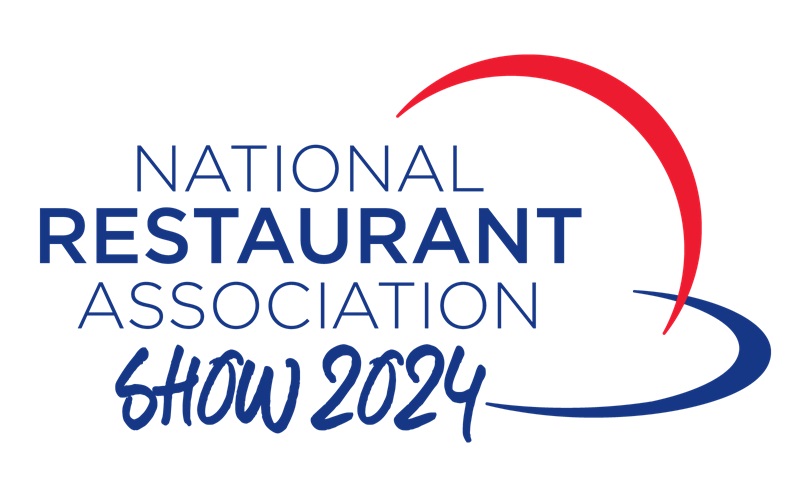
National Restaurant Association Show – May 18-21, 2024 – Chicago, IL
JAMIX will be exhibiting at The National Restaurant Association Show in Chicago May 18-21, 2024. Come and visit our booth 6759 to learn more about

Nearly 1 million children and adolescents in Finland enjoy a free meal served every school day. Kitchen management system helps canteens in the daily work.
By Anna Skyttä
In 1943, Finland was the first country in the world to introduce a legislation on free school meals. The legislation aimed at offering a free meal on each school day for all elementary school students in 5 years’ time. The legislation also ruled that the students had to grow and harvest food on their spare time in order to have ingredients in the school canteen. One example of contributing to school meals was that each student had to bring 2 litres / 70 oz of lingonberries to school. The berries were then used for a porridge made of rye and lingonberries, which was a common dish at that time.
After the 5 year transition time, starting in 1948, students in elementary schools started to get free meals. Typical dishes at that time included different types of porridges and soups. The legislation has naturally been modified during the decades. Still the core purpose of free school meals stays the same, and that is to provide nutrition to students. In addition, nowadays also the educational and social aspects of school dining are in focus. When dining together, the children learn both social and interactive skills as well as to take others into consideration. School dining provides also education on food culture, good manners and appreciation of food. And these days the students no longer have to grow or harvest food for school. Instead, they now have the right to contribute by providing feedback on the food that is served.
Today nearly 1 million children and adolescents in Finland enjoy a free meal served each and every school day. Free meals are financed with taxes and the communities are in charge of providing the meals to students. In order to ensure the nutritional content of meals and to be able to cook food according to a given cost structure, most of the school canteens in Finland utilize a kitchen management system. In addition to nutritional and financial aspects, a software system keeps all the recipes in store and makes it easy to plan menus. From the system you can even publish weekly menus online for the students and their parents.
Most of the school meals are cooked either partly or entirely in commissary kitchens and then delivered to individual schools. A kitchen management system enables the schools to create production requisitions to the commissary kitchen. The commissary kitchen will then be able to see all requisitions in the system for production. The system also calculates the need for ingredients based on menus or production requisitions which makes ordering quick and easy. Over half of the communities in Finland use JAMIX Kitchen Intelligence System for managing their food service operations comprehensively, including school dining.
In seven decades the school menus have become more versatile compared to the early years. When I was in school, my favorite dishes included spinach soup, spinach pancakes and fish fingers. Chicken fricassee was one of the undesirable meals on my list. My school years are already far behind but both my favorites and least favorites can be found on the top 10 school meals of all time in Finland (Source: Fazer Foodservice poll 2018):

JAMIX will be exhibiting at The National Restaurant Association Show in Chicago May 18-21, 2024. Come and visit our booth 6759 to learn more about

JAMIX is a proud exhibitor at the NACUFS 2024 Spring Conference in Buffalo, NY, April 2-4. Come and visit our booth 620 on the Showcase